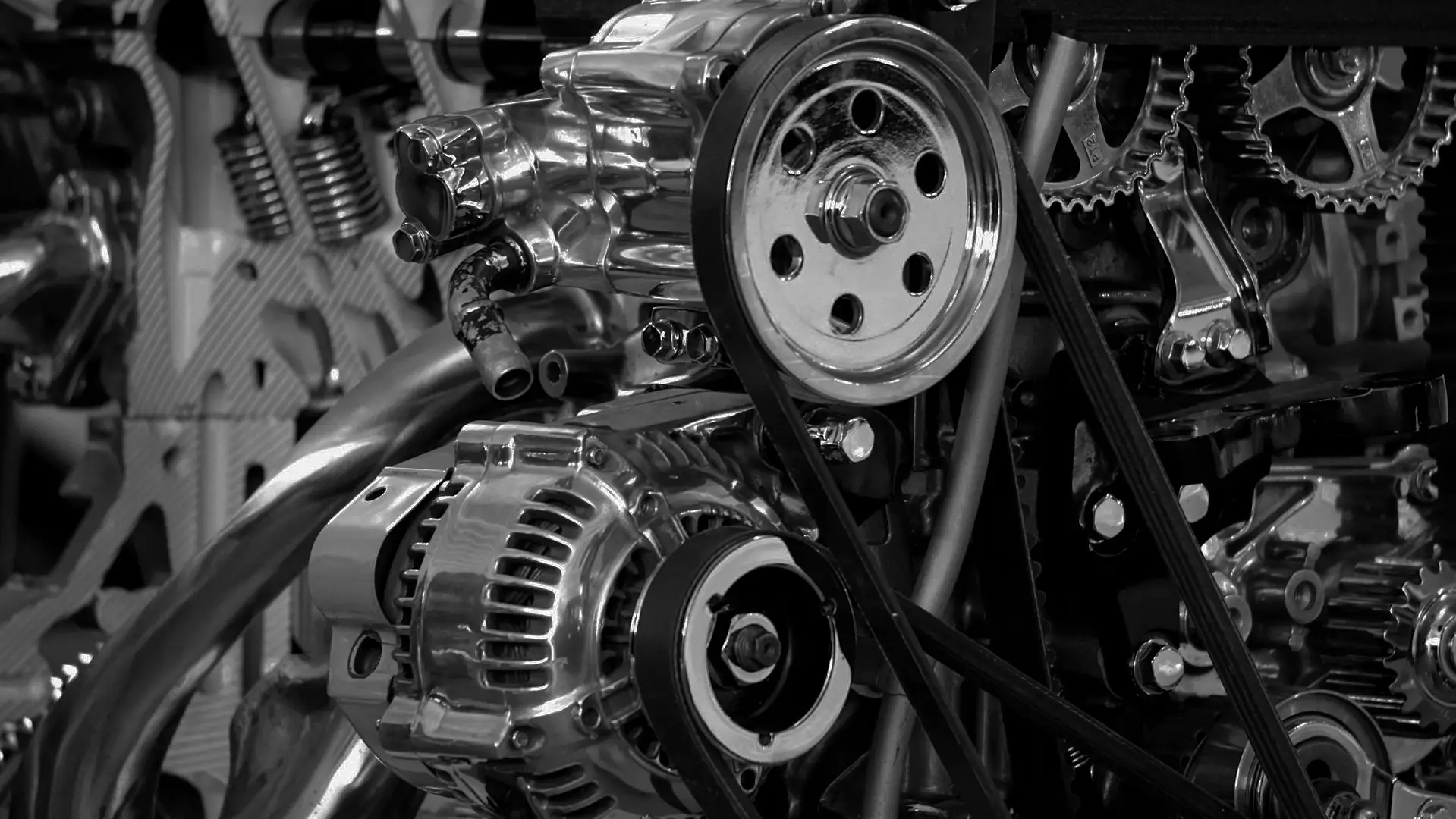What You Need to Know About Engine Rebuilding
Over time, engine components will wear down from the demanding stresses of combustion and operation. Rebuilding your engine restores optimal performance and longevity. Here’s what you need to know about the engine rebuilding process.
8 Engine Rebuilding Signs
You should consider engine rebuilding services when your engine shows these signs:
- High mileage exceeding 100k-150k miles
- Engine overheating
- Low oil pressure
- Loss of power
- Rough idle
- Reduced acceleration
- Oil burning smell from the exhaust
- Knocking or rattling noises
Rebuilding the engine is much cheaper than replacing it altogether. Out technicians can identify worn parts and recondition or replace just what exactly is needed and return your engine to like-new condition.

What Happens When an Engine is Rebuilt
A rebuilt engine involves removing the engine from the vehicle and completely disassembling it from what’s commonly referred to as “carb to pan.” This is an older description when engines had carburetors instead of fuel injection systems they have now, so today it would be referred to as “injector to pan,” with the pan being the oil pan.
Once the engine has been disassembled, cleaned, and inspected, all damaged parts are replaced with new or refurbished replacement parts. All new gaskets, seals, and lubricants are used in the assembly of the rebuilt engine that will meet OEM standards.
The most common components to be replaced include O rings, bearings, gaskets, seals, timing belt or chain, valve springs, and the oil pump. Major parts are replaced only if they are needed, and often include camshafts, crankshafts, and pistons.
If severe damage occurred to your engine, the engine block may have to be bored to align the crankshaft main bores. The cylinders may need to be bored to fit new pistons. This is more extensive work, but it will allow the engine to work once again. In general, there are only two instances where the choice is not an option.

Engine Rebuilding Steps
6 Steps For Engine Rebuilding
Engine rebuilding involves carefully dismantling, cleaning and inspecting all components, replacing or machining worn parts, and precise reassembly. Here are the key steps:
- Complete Disassembly: Engine is taken down to the block. Removal of all internal parts. This allows for every component for inspection.
- Complete Inspection: Each part is measured and tested for wear, damage or deviations from specifications. Blocks, heads and other surfaces are checked for flaws. This identifies all necessary repairs.
- Parts Replacement: Based on what we find in the inspection, we replace worn or damaged components with new OEM or performance parts. Typical new parts include pistons, rings, bearings, gaskets, oil pump, timing set, seals, and water pump.
- Machining and Refinishing: The block, heads, valves, and other surfaces are machined back to precise tolerances, which makes them like new again. Valve guides, valve seats and other components may also need machining or refinishing.
- Careful Assembly: The block is reassembled using torque specifications and proper clearances between components. Gaskets, seals and fittings are all carefully installed to avoid leaks.
- Testing: The rebuilt engine is thoroughly tested to verify performance and leak-free operation before delivery.
If you are looking for someone to rebuild an engine, please contact us today. We can provide you with a fair and accurate quote.


